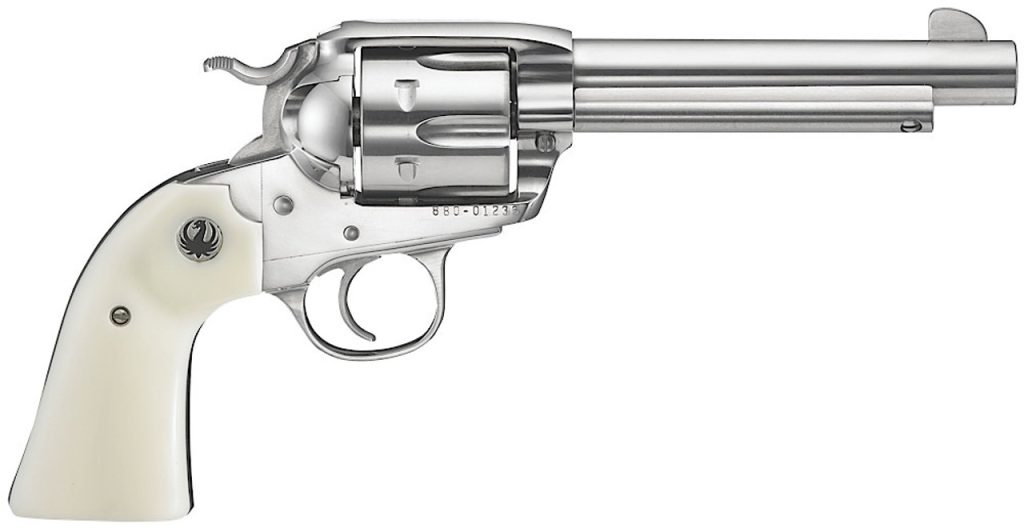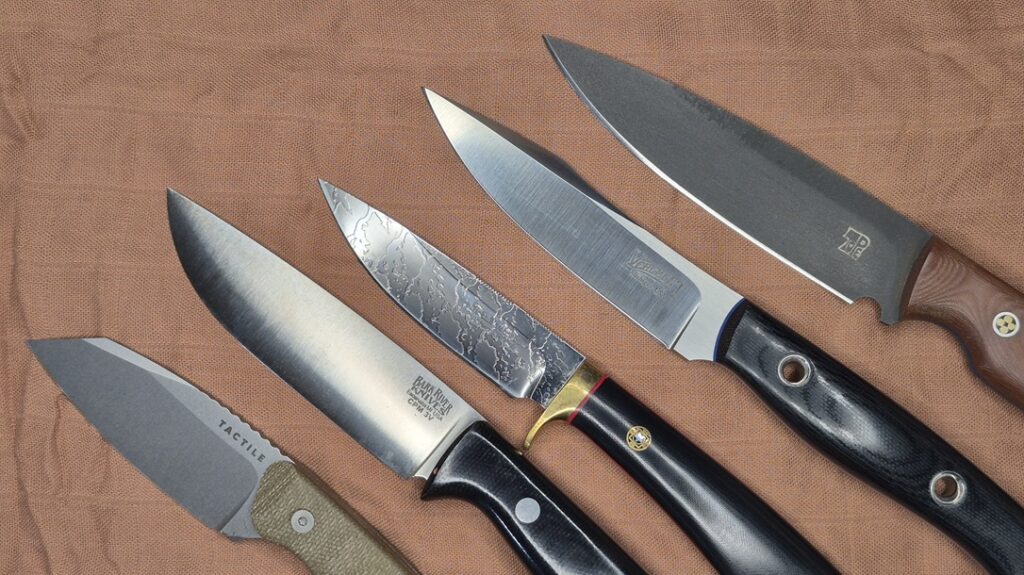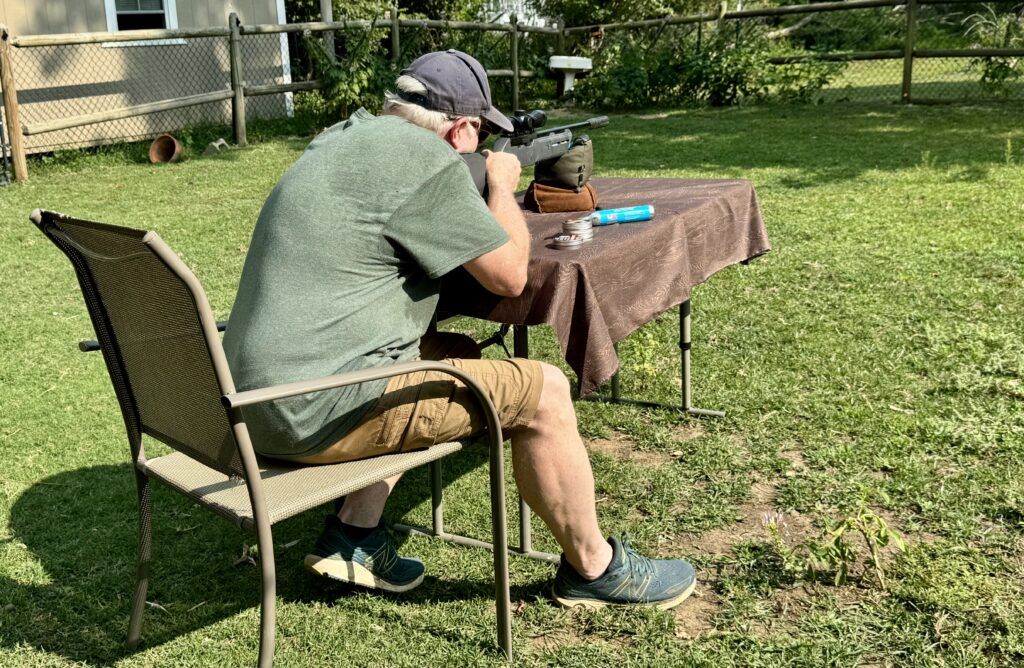One of my favorite things about writing is that I get to do what I love. I love learning the origins of things, especially in the gun world, and now instead of doing it just for fun, I get to share it. Recently I started learning more and more about single-action revolvers, and that coincides with my immediate need for one. In my research, I stumbled across the term Bisley and Bisley grip, and while I could see the difference, I wanted to learn about the why and when of this term.
If you’ve shopped for Ruger revolvers, you’ve most certainly seen the term. It’s associated with single-action revolvers, and it’s evident as soon as you look at the gun. Let’s get deep with Bisley grips and talk about the why, the when, and the what.
What is a Bisley Grip
The Bisley grip comes from the Colt SAA series of revolvers. The famed Colts used what was known as a plow grip. It sweeps rearward and points well. The Bisley grip took the plow grip and forced a more vertical angle with a less swept-back design.
Advertisement — Continue Reading Below

There are two Bisley-type grips. There is the original Colt designed in the 1880s, and then we have the new Ruger Bisley grip. New being relative to the age of the Colt design. Ruger used the same profile, and it’s not until you pick one up that you feel the difference. Ruger went with thicker grips than Colt. The primary advantage is more space to disperse recoil and prevent the gun from rotating in your hand.
Why the Bisley Grip
That sweet Colt plow grip is rather nice. It points well and allows for a fairly rapid-fire design. As you fired, this grip encouraged the gun to roll backward with the recoil. A skilled shooter could take advantage of the rolling recoil to thumb the hammer back as the gun recoiled and then fell back forward. It allowed for faster shooting.
Advertisement — Continue Reading Below

The plow grip worked fine with most common loads, but as higher recoiling rounds became available, the grip tended to roll back sharply. This could be unpleasant as your fingers hit the trigger guard the gun’s front sight flew off target. It was snappy. Plus, for shooters who wanted more stability, the plow grip was found lacking.
The Bisley grip offered the shooter an advantage with hot loads. The recoil was put into the wrist and shoulder. The gun didn’t roll back as much, and it was a very stable grip. This allowed for more accurate slow fire and more control over hot cartridges. In the Colt era, it was the .44-40. These days, it’s calibers like the .454 Casull. You can lock down a Bisley grip is what’s more like a fist than the Colt’s plow grips.
Advertisement — Continue Reading Below
What’s the Origin Story
When I first heard the name and began researching the Bisley grips, I assumed it was named for some gunsmith who worked for Colt. I was quite wrong. Colt originally made these grips for competitive shooters, and at the time biggest shooting contest in the world was in Bisley, England. Bisley still plays home to the Imperial Meeting and is the home to the National Shooting Centre. It seems to be the last remaining part of gun culture in England.

Colt’s new grip designed performed well and gathered attention. Since this was the Wold Competition, it was fairly famous and well-known for the era. People began referring to the grip design as the Colt Bisley, and it stuck. Since then, it’s become the de facto choice for high-powered single-action revolvers. Magnum Research, Ruger, Freedom Arms, and many others use the Bisley frame for their power house revolvers.
Advertisement — Continue Reading Below
Now we know the origin of the Bisley grip, why it exists, and where















